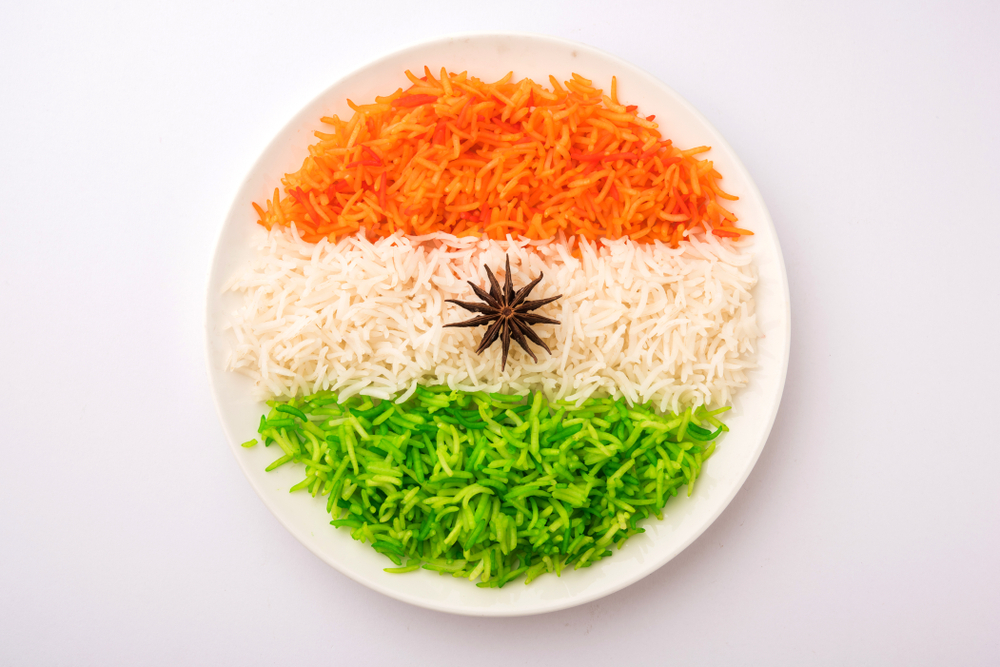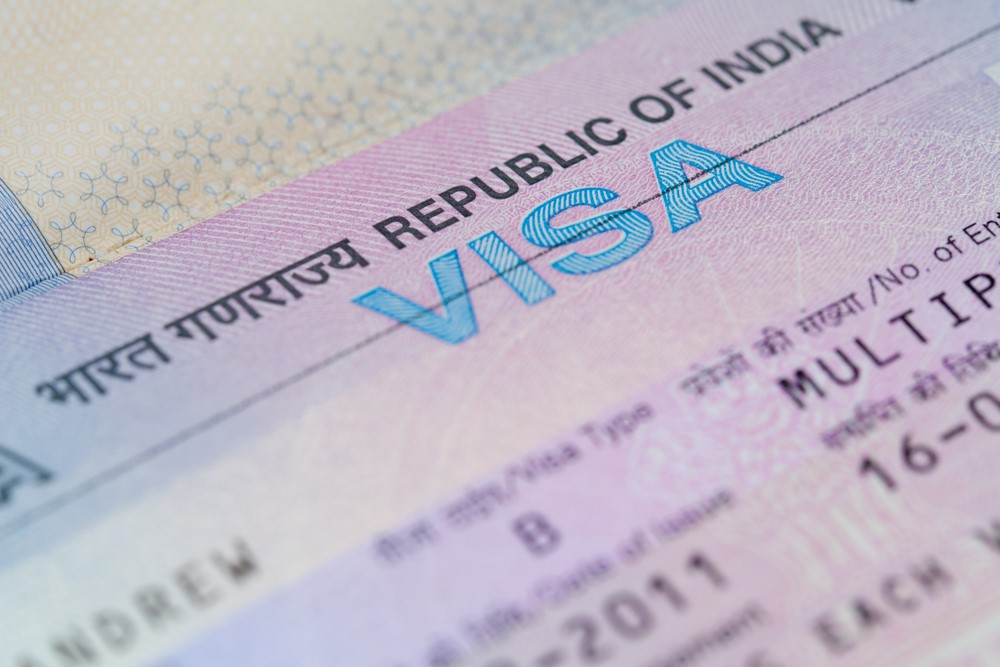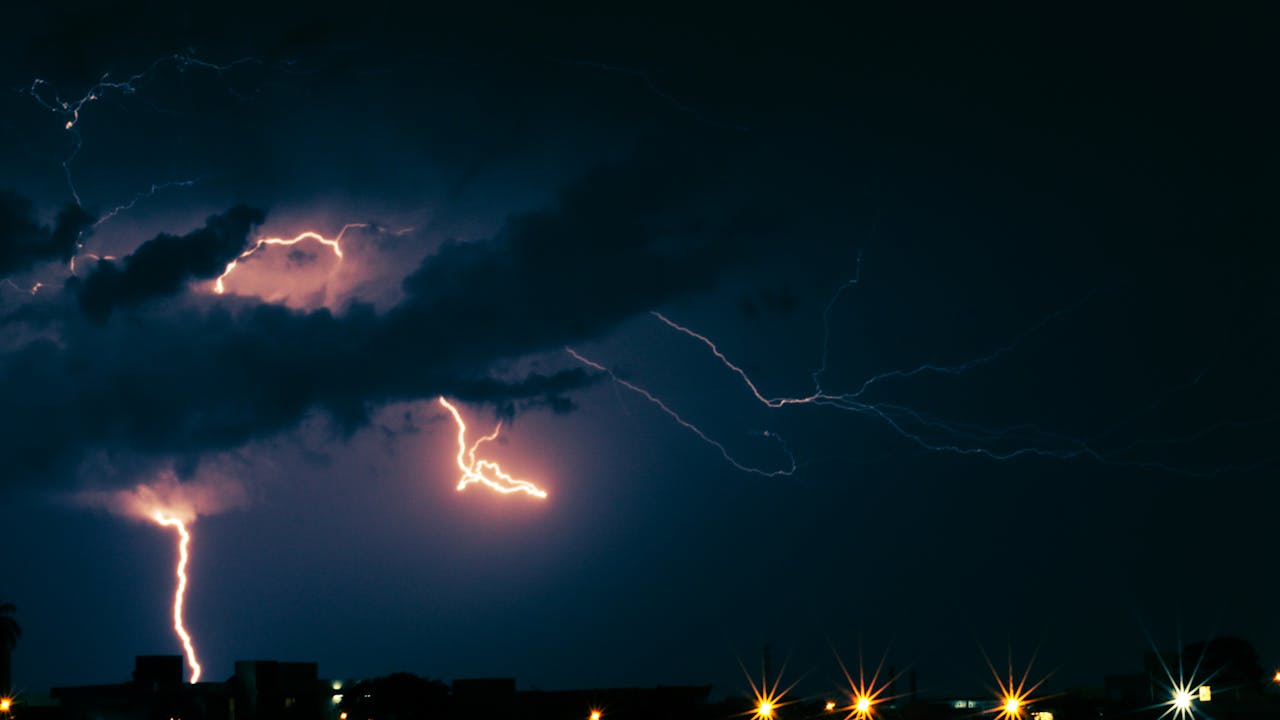Often said to be a land of many landscapes and a rich cultural legacy, India owes much of its beauty and past to its rivers. These rivers are lifelines, respected as holy beings that cradle civilizations, support agriculture, and inspire spiritual paths rather than only physical features. From the great Ganges in the north to the serene backwaters of Kerala in the south, a trip across India’s rivers is a trip into the country’s soul.
The Ganges: A Sacred Lifeline
For India, the Ganges, sometimes known as Ganga, is a divine entity revered as a goddess rather than merely a river. Rising in the Himalayas from the Gangotri Glacier, it runs over 2,500 kilometers and feeds some of the most rich plains on Earth. Particularly in Varanasi, Haridwar, and Rishikesh, Pilgrims swarm to its ghats to complete rites, seek blessings, or find peace in its holy waters. The Ganga’s Path is a story of faith, loyalty, and the cyclical interaction between people and the environment.
When traveling the Ganges, one sees the perfect fusion of spirituality and everyday life. The evening aarti in Varanasi, where many lamps float on the river, lights up the gloom and permanently changes one. The river’s natural value, which supports millions of people and a fantastic biodiversity range, equals its cultural value.
INDIAN VISA FOR JAMAICAN CITIZENS
Brahmaputra: The Mighty River of the East
Originating in Tibet, the Brahmaputra River is a monument to fortitude and will. It passes through the northeastern states, producing rich valleys and bolstering unusual ecosystems. Assam, where the river widens considerably and sustains livelihoods by its nutrient-rich waters, most clearly shows its enormous breadth and force.
The Brahmaputra embraces the largest riverine island in the world, Majuli. With centuries-old monasteries and a thriving community of artists and craftspeople, this island is a cultural center. Discovering Majuli provides a window into a way of life firmly entwined with the river’s rhythms.
Yamuna: The Historic Tributary
Yamuna, a tributary of the Ganges, crosses the center of northern India and touches famous towns like Delhi and Agra. Architectural wonders like the Taj Mahal, a UNESCO World Heritage Site, chronicle history along its banks. The river’s proximity to these ancient sites adds to its mystery, and it silently observes the millennia of India’s development.
The Yamuna has great pollution problems despite its historical and cultural value. Work is underway to revitalize this river and restore its once-perfect beauty. Traveling the Yamuna reminds one of the urgent necessity of environmental preservation and is a trip through history.
Narmada: The River of Serenity
Unlike other rivers in India, flowing westward, the Narmada is sometimes said to be the “lifeline of Madhya Pradesh.” It starts on the Amarkantak Plateau and wanders across the breathtaking Marble Rocks of Bhedaghat, meandering over rugged terrain and deep forests. On a boat trip across these marble cliffs, where the river’s emerald waters mirror the spectacular white and gray structures, the peace of the Narmada is most felt.
The Narmada has excellent religious significance. Pilgrims complete the difficult “parikrama,” a circumambulation of the river, to seek blessings and spiritual fulfillment. Travelers and seekers find the river a place of peace and spiritual energy.
Godavari: The Ganga of the South
The Godavari is India’s second-longest river, often called the “Dakshina Ganga,” or Ganges of the South. It passes via the Deccan Plateau and touches Andhra Pradesh, Telangana, and Maharashtra states. With so many temples, towns, and celebrations honoring the river, it is vital to southern Indian culture.
Along the Godavari, Nashik—a city renowned for its vineyards and the Kumbh Mela, a prominent spiritual gathering held every twelve years—is among the most famous sites. The lush green stretch of the river’s delta, where it meets the Bay of Bengal, teems with life and provides a calm counterpoint to the busy city upstream.
INDIAN VISA FOR JORDANIAN CITIZENS
Kerala Backwaters: A Unique Ecosystem
Though not one river, Kerala’s famous backwaters—a distinctive characteristic of Indian geography—form from the linked network of rivers, lakes, and canals. These peaceful rivers, surrounded by coconut farms and strewn with classic houseboats, provide a window into a slower tempo of life.
Rivers such as the Periyar and Pamba, which run from the Western Ghats, feed the backwaters. A trip over this maze of waterways is a sensory feast, providing the calming sounds of lapping water, rich bird views, and fresh seafood being prepared onboard.
Conclusion: Rivers as Narratives of India
India’s rivers are living narratives that run across the nation’s history, culture, and spirituality, not only physical objects. Every river has a different personality molded by the terrain it runs across and the people living nearby. From the holy chanting resounding over the Ganges to the calm backwaters of Kerala, these rivers create a story that is most fundamentally Indian.
More than just tourism, a trip across India’s famous rivers is an investigation of life itself—a reminder of nature’s abundance and the close ties between people and the environment. It becomes our joint responsibility to preserve and value these rivers as they inspire us so that their stories might run unhindered for future generations.
More articles: Mountain Majesty: India’s Most Stunning Himalayan Spots




